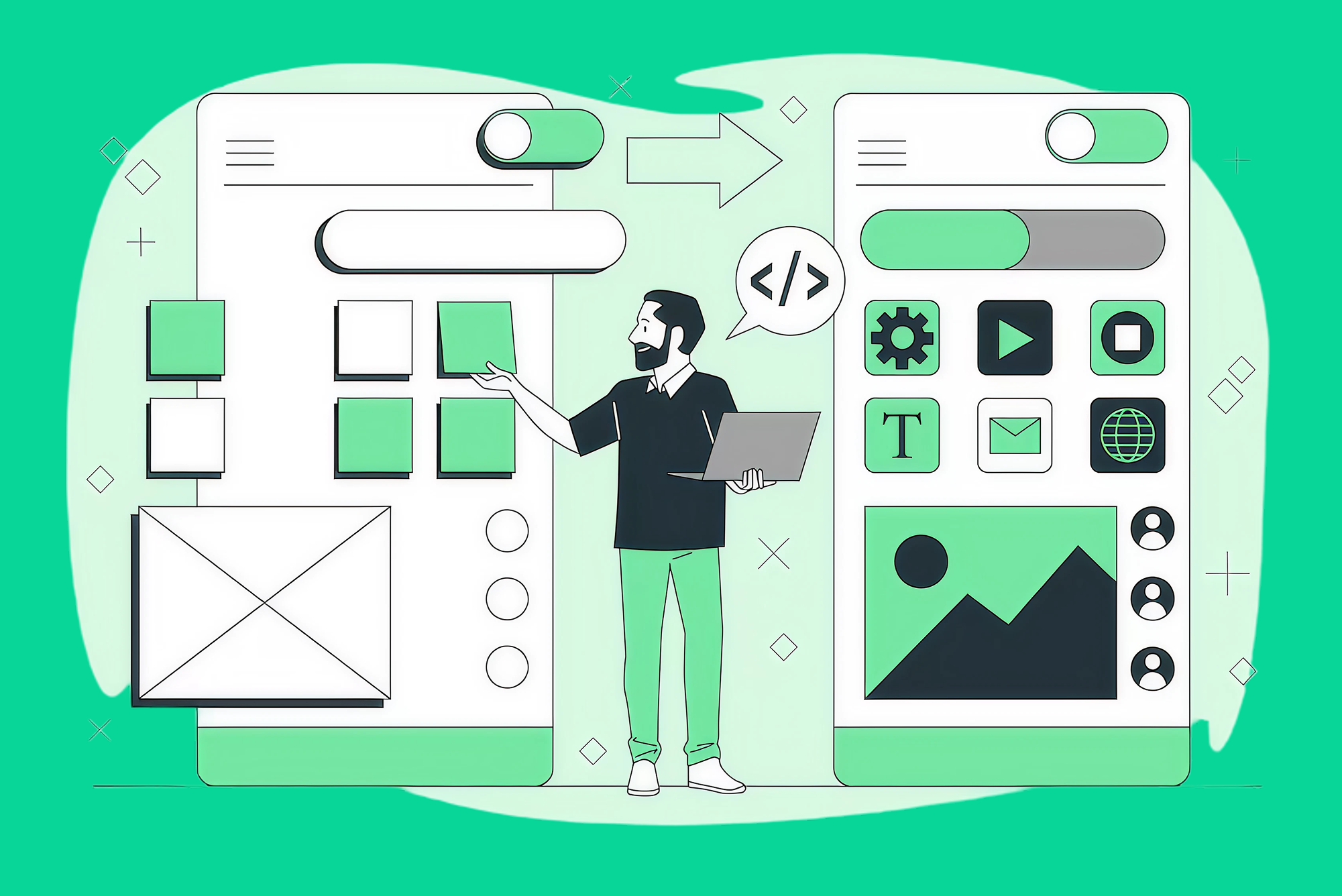Behavioral Design in UX: Nudging Users Toward Action

Introduction
Design is not just how things look—it’s how they work. And in the world of user experience (UX), how users behave is often influenced by subtle cues and psychological patterns. This is where behavioral design comes in. By understanding human psychology and cognitive biases, UX designers can gently guide users toward desired actions—without manipulation, just smart design.
In this blog, we’ll dive deep into the world of behavioral design, explore the psychology behind it, and look at actionable ways you can use it to enhance your product’s usability and impact.
What is Behavioral Design?
Behavioral design is the application of behavioral science to design products, interfaces, and experiences that influence how people make decisions. It's grounded in understanding human behavior, motivation, habits, and cognitive biases to guide users toward intended outcomes.
Rather than forcing users, behavioral design nudges them—gently steering their decisions through smart, ethical design.
Why It Matters in UX
- Users don’t always make rational decisions
- Habits, context, and defaults shape behavior
- Good design can bridge the intention-action gap
- Tiny cues can lead to big results (e.g., increased signups, reduced errors)
Behavioral design empowers UX teams to influence behavior in user-centric, ethical ways.
Key Behavioral Principles in UX
1. The Power of Defaults
Users tend to go with the path of least resistance. Setting beneficial defaults increases conversions and reduces cognitive load.
Example:
- Opt-in by default for newsletters (with clear opt-out)
- Default donation amounts in nonprofit platforms
2. Choice Architecture
How you present options influences what users choose. Too many choices overwhelm; too few reduce autonomy.
Tactics:
- Group related items
- Use progressive disclosure
- Highlight the recommended or “best” choice
3. Social Proof
People follow others. Displaying what others are doing builds trust and drives engagement.
Examples:
- “10,000+ people signed up this week”
- User reviews and ratings
- “Most popular” tags
4. Scarcity and Urgency
People value things that seem rare or time-sensitive.
Use responsibly:
- Show limited stock levels
- Use countdown timers for sales
- Highlight expiring deals
5. Commitment and Consistency
When users make small commitments, they’re more likely to follow through with bigger ones.
Example:
- Start with a one-click trial, then upgrade prompt
- Micro-conversions (e.g., adding to wishlist before purchase)
6. Feedback Loops
Immediate feedback reinforces behavior. Let users know their action worked—and reward it if possible.
Example:
- Confetti after completing onboarding
- Progress bars or streaks in habit-tracking apps
Common UX Patterns That Use Behavioral Design
1. Onboarding Experiences
Use progressive disclosure, feedback loops, and small wins to engage new users.
2. Gamification
Incorporate progress indicators, rewards, and social sharing to encourage engagement.
3. Empty States
Guide users with meaningful suggestions rather than blank screens.
4. Microcopy
Use reassuring, action-oriented language (“You’re almost there!”) to reduce friction.
Ethical Considerations
Behavioral design walks a fine line between persuasion and manipulation. Designers must:
- Respect user autonomy
- Be transparent about intentions
- Avoid dark patterns (e.g., tricking users into actions)
Good UX builds trust. Behavioural design should enhance decision-making—not hijack it.
Real-World Examples
1. Duolingo
- Progress tracking and streaks reinforce daily learning
- Encouraging microcopy keeps motivation high
2. Amazon
- “Only 3 left in stock!” creates urgency
- “Customers who bought this also bought...” uses social proof
3. LinkedIn
- Profile completeness bar nudges users to finish setup
- Default visibility settings promote networking
How to Integrate Behavioural Design in Your UX Process
- Start with user psychology – Understand motivations, fears, and goals
- Define key user actions – What do you want users to do?
- Use design nudges – Defaults, microcopy, layout, colors
- Test and iterate – A/B test behavioural cues
- Stay ethical – Audit for transparency and fairness
Conclusion
Behavioural design transforms good UX into great UX. It aligns product goals with user psychology to guide behaviour in a seamless, supportive way. By understanding how people think and act, you can craft digital experiences that not only look good but feel intuitive and encourage action.
If you want to design products that nudge users toward better decisions, it’s time to embrace behavioural design.